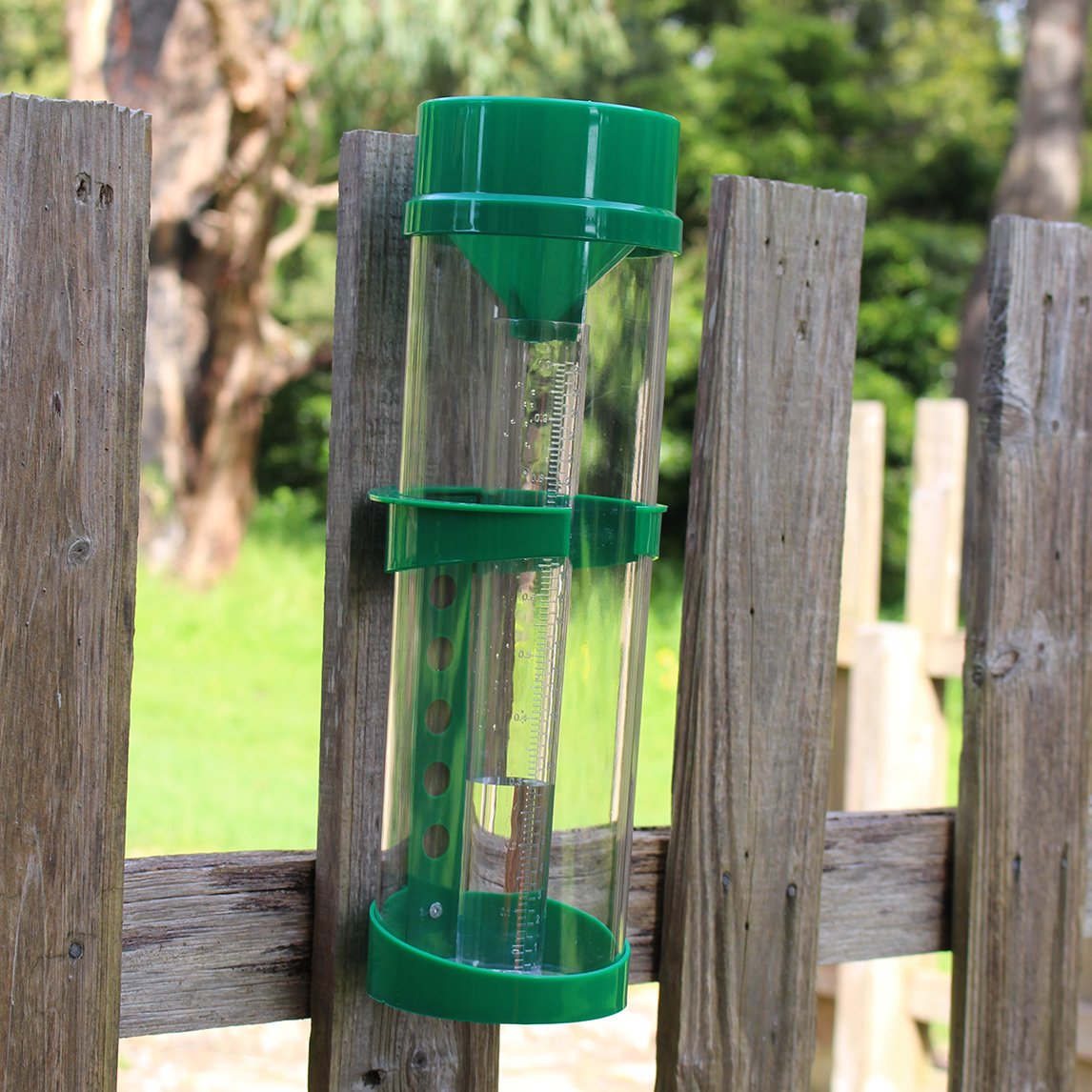Compare the Leading Rain Gauge Versions for Accurate and Regular Readings
Compare the Leading Rain Gauge Versions for Accurate and Regular Readings
Blog Article
Revealing the Scientific Research Behind Rain Evaluates: Exactly How These Instruments Play a Crucial Duty in Climate Study and Environmental Tracking
Rain determines, seemingly easy devices, hold a profound value in the world of environment research study and ecological tracking. As we peel off back the layers of this clinical shroud surrounding rain assesses, we uncover a globe where accuracy, information accuracy, and precise monitoring assemble to introduce a deeper understanding of our transforming environment and its impact on the world.
Importance of Rain Scales
Rainfall determines play a vital function in surveillance and measuring precipitation degrees, offering necessary data for climate research and analysis. These gadgets are basic in measuring the quantity of rains that takes place in a certain location over a particular period. By determining and accumulating rain, rainfall evaluates offer beneficial insights right into the distribution and strength of precipitation, assisting meteorologists, hydrologists, and climatologists in understanding weather condition patterns and patterns.
One of the essential reasons rain gauges are vital is their ability to give precise and local information. Unlike satellite or radar-based dimensions, which offer wider observations, rain assesses deal exact details details to the location where they are placed. This localized data is important for numerous applications, consisting of flooding projecting, dry spell monitoring, and water source management. Additionally, lasting information gathered from rainfall gauges helps in examining environment change impacts and patterns, contributing dramatically to clinical study and decision-making processes. Fundamentally, rain assesses work as crucial tools in the area of meteorology and environmental scientific research, playing a critical role ahead of time our understanding of weather condition and environment characteristics.
Kinds Of Rain Gauges
Functionality and Procedure
In the world of climate research and atmospheric research studies, the effectiveness of rainfall determines lies in their intricate functionality and precise operational mechanisms. Rainfall assesses are made to accurately measure the quantity of precipitation that drops over a details location during a set duration.
The performance of rainfall gauges is based on the principle of measuring and gathering rain in a standard manner. This gathered information is important for understanding regional climate patterns, tracking long-lasting climate trends, and evaluating environmental effects. To make sure precise dimensions, rainfall assesses requirement to be strategically put in open areas away from blockages resource such as structures or trees that might interfere with the collection process.
The functional facet of rain gauges involves normal maintenance to protect against debris buildup, calibration checks to keep measurement accuracy, and information videotaping for evaluation (rain gauge). On the whole, the performance and operation of rainfall gauges are essential for gathering dependable rainfall information important to environment research and environmental monitoring
Function in Climate Research Study
Given the essential relevance of accurate precipitation dimensions in recognizing weather condition patterns and environmental effects, the role of rainfall evaluates in environment research is essential. Rainfall assesses supply crucial information for climate study by evaluating the amount of rainfall that tips over a specific location throughout an offered duration. This data is important for keeping track of long-term patterns in precipitation patterns, analyzing the effect of environment adjustment on rainfall circulation, and improving climate models.

Climate scientists utilize information collected from rainfall determines to examine variations in rainfall levels, determine regional environment fads, and assess the efficiency of water source management strategies. By comparing historic rainfall information with current measurements, scientists can find shifts in rainfall patterns, such as adjustments in the regularity or strength of rains occasions. This details is important for recognizing exactly how environment modification is influencing rainfall dynamics and can help policymakers make informed decisions relating to adjustment and mitigation methods.
Applications in Environmental Surveillance

In flood projecting, rainfall scale data helps to track rains intensity and circulation, allowing authorities to provide prompt warnings and take essential actions to minimize flooding risks (rain gauge). Dry spell monitoring counts on rain scale information to examine dampness degrees in the dirt and track precipitation deficits, aiding in the identification of drought-prone locations and the application of drought response rain gauge methods
Furthermore, rain gauge data plays a crucial role in water resource management by offering information on water availability and usage fads. This data is made use of to make educated choices pertaining to water allotment, preservation steps, and sustainable water source preparation. Furthermore, in agriculture, rainfall scale data assists farmers in enhancing irrigation schedules, crop choice, and general farm management techniques based upon regional rainfall patterns. On the whole, why not check here rainfall evaluates are indispensable devices in environmental tracking, supplying useful insights that add to notified decision-making and sustainable source monitoring.
Conclusion
To conclude, rainfall gauges are essential tools for measuring precipitation, offering valuable data for environment research and environmental surveillance. With different types and performances, rainfall gauges play a critical role in recognizing precipitation patterns and their effect on the atmosphere. By properly measuring rains, these gadgets add to the improvement of scientific knowledge and assistance in making informed decisions pertaining to water resource administration and calamity readiness.
Rainfall gauges play a crucial role in monitoring and gauging precipitation degrees, giving important data for environment research and evaluation. The basic rain scale, understood as the "tipping container" gauge, is one of the most frequently utilized tools. Ultrasonic rainfall determines usage audio waves to discover the presence of rainfall, providing real-time information on precipitation levels.Climate scientists utilize information collected from rainfall evaluates to evaluate variations in rainfall degrees, recognize regional environment fads, and assess the effectiveness of water source monitoring strategies.In verdict, rainfall assesses are vital tools for determining precipitation, offering beneficial data for environment study and environmental surveillance.
Report this page